Like almost every other element of our day-to-day lives, the COVID-19 pandemic has hit amateur sports hard. Many leagues and clubs have paused for months, and coaches have offered individual training only.
“It’s taken away the relationship-building aspect that sports typically offers,” observes David McDaniel III, assistant head coach at SLAM Miami and founder of MyndGame.
The good news is that many people are excited to get back to team training and competitions now that lockdowns (in many places) have lifted. But restarting can pose a daunting challenge for sports leaders: How can you keep engaging and supporting your athletes while minimizing the risk of virus transmission for both participants and staff?
In this post, we’ll cover the key guidelines you should follow to safely manage your sports reopening.
Preparing for sports reopening
Each country and region has specific regulations in place to limit the spread of COVID-19, so before you schedule your first training session, start by researching the guidance and regulations for your local area. You can usually find this information on the websites of your city council and state government. However, all sports leaders, regardless of where they’re located, should consider taking the following steps when preparing for reopening.
Collect signed liability waivers
Asking participants to complete and sign a liability waiver form before they return to training will cover you and the facilities you’re using from legal action in the event that, despite all your efforts, someone does become ill.
For business owners, McDaniel says this is vital: “I think waivers have been my biggest friend.” When the participant (or, in the case of reopening youth sports, their responsible adult) signs a liability waiver form, they acknowledge — and take legal responsibility for — any risks associated with participating.
Build a contact tracing plan
You need to have a plan in place in case someone involved with your program contracts COVID-19. This includes a way to notify all participants and staff members the infected individual has come into contact with.
Collect contact information from everyone in each session and have a contact tracing form on standby. If someone shows symptoms, they can complete the form and let you know who else in the program may be at risk.
Restrict the number of attendees
According to the Centers for Disease Control and Prevention (CDC), the virus is more likely to spread between people who are in close contact. To ensure there’s enough space for everyone to maintain a safe distance, you may need to rethink how many people participate. You could increase the number of training sessions you offer and have fewer attendees at each, or you could have participants register online on a first-come-first-served basis.
Consider setting up a quarantine “bubble”
If your participants are serious about prioritizing sports, you could take a page out of the playbook many professional leagues are using — like the NBA and NHL — and ask the team and the coach to form a “bubble,” avoiding contact with anyone outside this limited group. While this may be an effective strategy, it’s challenging to enforce, and it probably won’t be suitable for younger participants.
Providing a safe environment during games and practices
Once participants show up to play, you can build in additional precautions for your onsite practice. McDaniel recommends setting the tone by explaining your protocols and what participants can expect at the beginning of each new session. Otherwise, he explains, “It can be challenging — especially with kids at the youth level — to live up to expectations and to keep the environment safe.”
Screen participants for symptoms
At the start of every session, ask participants and staff to complete a screening form indicating whether they’ve experienced any symptoms recently. If their responses suggest they may have been exposed to COVID-19, they shouldn’t join the session and should seek medical advice.
To quickly create your screening form, use one of Jotform’s customizable templates:
Because screening forms gather sensitive information, you need to handle them securely. With Jotform, you can build forms that comply with HIPAA privacy regulations.
Encourage physical distancing
In the periods when participants aren’t exercising — for example, while changing, signing in, or receiving instruction — encourage them to maintain an appropriate physical distance. The CDC advises keeping a distance of at least six feet between yourself and others to reduce the risk of infection. To help enforce this, you could mark one-way routes through the sports facility and space out seating areas.
Make masks mandatory
It’s always good practice to encourage everyone to use masks or face coverings, but it’s particularly important if it isn’t possible to maintain physical distance. McDaniel points out that, when you’re working with kids, “It’s very tough to keep them away from each other and six feet apart, particularly when they’re on the same team. They want to show each other camaraderie.”
To minimize the risk of spreading the virus through the air, ask any participants who aren’t exercising to wear masks — and be sure to instruct staff to keep their masks on while they’re leading the session.
Disinfect regularly
To prevent transmission of the virus by touch, disinfect all high-touch surfaces regularly. In addition to door handles and handrails, sterilize any shared sports equipment, like basketballs and baseball bats. Make sure plenty of hand sanitizer is available so participants and staff can clean their hands at the start of the session and regularly throughout.
Sports reopening can be a success — for staff and participants
These days, nothing is without challenges, but that doesn’t mean it’s not worth doing! McDaniel emphasizes that it’s just a matter of “taking it one step at a time, evaluating the advice we have now, and using your judgment to make the right choice.” And for the athletes? “I think it makes you mentally stronger,” McDaniel says. “If you can perform in these conditions, you can perform in any condition.”


























































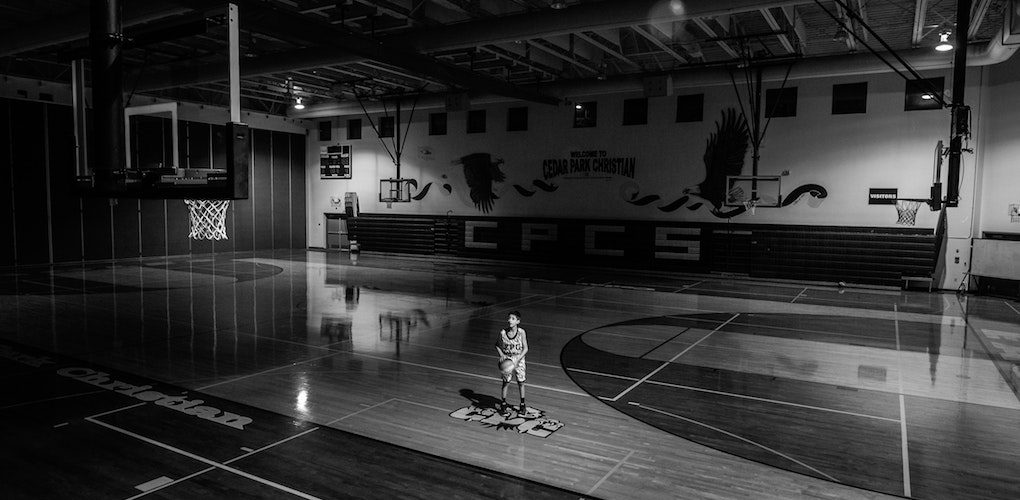





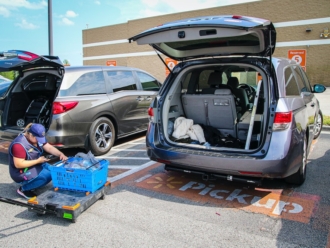
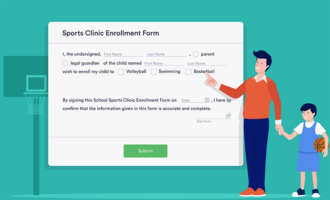







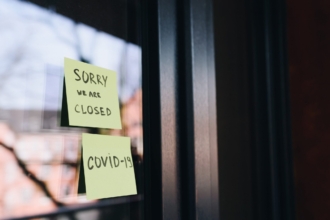


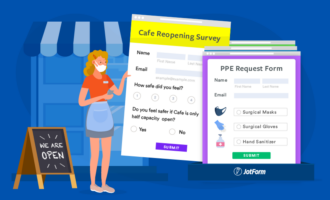









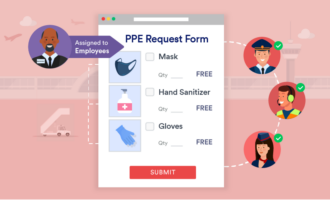



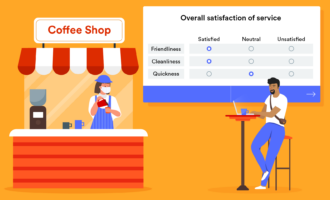
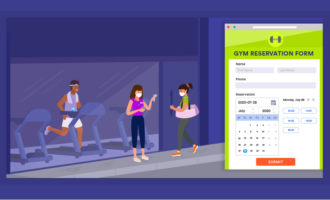





Send Comment: